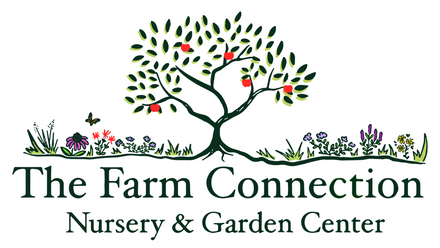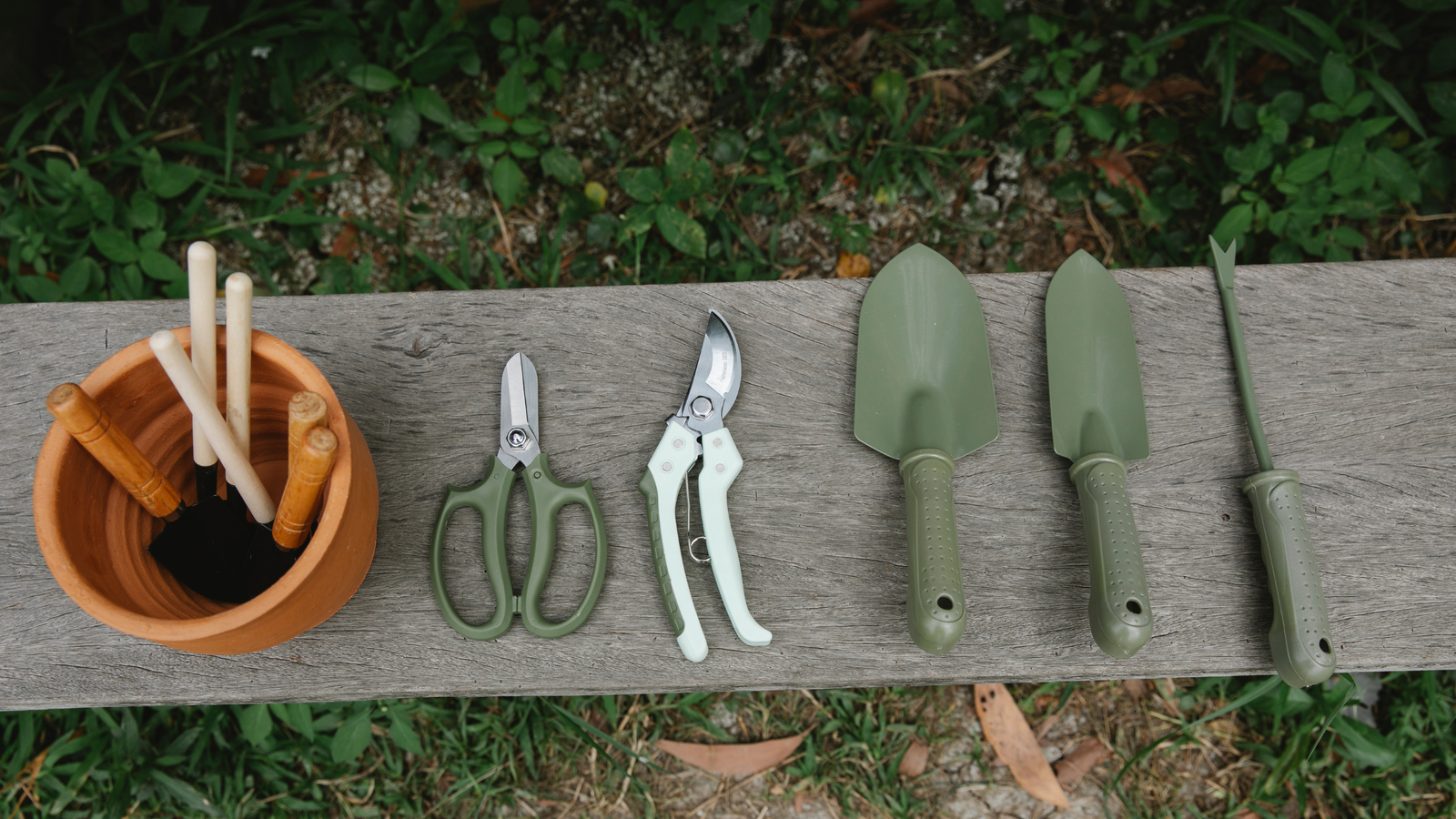Fall isn’t just about harvest, it’s also a time of renewal underground. While the top growth slows, roots are still alive and active, storing energy and preparing for next season. This makes autumn one of the best times to divide and transplant perennials.
Dividing perennials is both an art and a science. It keeps mature plants healthy, encourages fresh growth, and helps you expand your garden or share plants with friends. Whether you’re working with Echinacea, Lobelia, Blue Flag Iris, or other natives, a little timing and technique go a long way.
When to Divide: Reading the Signs
Most native and medicinal perennials benefit from division every three to five years, once they’ve established robust root systems. Some fast spreaders, like Bee Balm (Monardas) or Goldenrod (Solidago), may need it more often to manage spread and maintain airflow.
Your plants will tell you when it’s time:
- Sparse or reduced flowering compared to previous years
- Hollow or dead centers in the crown
- Crowded roots surfacing or spilling over bed edges
- Increased susceptibility to mildew, rot, or drought stress
In Zone 7, early fall (September through October) and early spring (March through early April) are the best windows for dividing. In fall, soil is still warm enough for root activity but cool enough to reduce stress. In spring, divisions establish quickly before the growing surge begins.
Tools of the Trade
A few sharp, reliable tools make this work easy and clean:
- A spade or garden fork to lift plants without severing too many roots
- A hori-hori knife or garden saw for thick crowns
- Pruners for trimming dead stems or damaged roots
- A clean bucket or tarp for sorting divisions before replanting
Always sanitize tools between plants to prevent disease transfer, especially important when working with densely rooted perennials.
How to Divide: Root Balls vs. Rhizomes
Different root structures call for different methods.
Clumping roots (like Echinacea, Rudbeckia, and Monarda) form dense crowns that can be lifted and divided by hand or with a sharp knife. Gently tease apart sections with several shoots and healthy roots, discarding woody or dead centers.
Rhizomatous plants (like Blue Flag Iris and Cardinal Flower) spread through horizontal stems underground. Dig up the rhizomes and trim them into sections with a fan of leaves and fresh root growth attached. Discard any mushy, old, or leafless sections.
Fibrous-rooted species (such as Lobelia, Lyre Leaf Sage, or Golden Alexander) can often be divided with a spade. Slice through the root mass cleanly and replant immediately to prevent drying.
Replanting Divisions
Replant divisions immediately after separating to reduce transplant shock. Place each section at the same depth it was previously growing, water well, and mulch lightly. In fall, roots will continue to grow until soil temperatures drop below 45°F.
If dividing in spring, water consistently through the first warm weeks to help plants establish before summer heat.
For fall planting, amend with our in-house Fall Remineralizing Blend, rich in gypsum, azomite, volcanic rock dust, kelp meal, crab meal, SEA-90+, and humic acid, to replenish depleted soils and encourage strong root recovery.
Garden Planning: Where to Place Divisions
Dividing perennials isn’t just about plant health, it’s an opportunity to thoughtfully redesign your garden. When replanting divisions, consider each species’ natural preferences, growth habits, and ecological roles.
- Sunny borders and pollinator corridors: Many clump-forming perennials thrive in full sun and provide reliable structure, color, and habitat. Consider placing vigorous coneflowers, rudbeckias, coreopsis, or heliopsis in groups to create dynamic, layered beds. Dividing these plants every few years keeps them dense and healthy while extending their flowering potential.
- Moist areas and pond edges: Rhizomatous or water-tolerant species like iris, cardinal flower, joe-pye weed, or swamp milkweed benefit from division to prevent overcrowding and maintain robust blooms. Spacing divisions thoughtfully ensures that roots have room to expand without competition and creates vibrant, wildlife-friendly corridors.
- Shaded or woodland gardens: For fibrous-rooted natives that tolerate partial shade, such as lobelia, mountain mint, or wild geranium, divide to refresh aging clumps and control spread. Replant in areas that mimic their natural understory habitat for optimal growth.
- Contained or specialty beds: Plants with strong spreading habits or runners, including many mountain mints, sages, or bee balms, often need regular division to prevent them from overtaking other garden sections. Dividing in fall or early spring and replanting in raised beds, pots, or defined garden plots helps manage growth while maintaining healthy root systems.
- Ecological and pollinator planning: Consider grouping species with staggered bloom times, varied flower shapes, and diverse root structures to support pollinators, soil health, and beneficial insects. Division is a tool to not only rejuvenate plants but also strategically expand your garden’s ecological value.
When moving divisions, always handle roots gently, plant at the same depth as before, and amend the soil as needed. Fall divisions can benefit from a remineralizing blend to replenish nutrients, while spring divisions may require extra watering and mulch to help them establish before the summer heat.
By thinking broadly about plant placement and ecosystem function, your divisions become more than maintenance, they’re a chance to shape a resilient, diverse, and beautiful native landscape.
Finally
By splitting your native and medicinal perennials at the right time, you’re not just maintaining plant health, you’re multiplying habitat for pollinators, refreshing your landscape, and deepening your connection to the cycles of the land.
This fall, take a look at your established perennials. A little time spent dividing now will pay off in abundance, more blooms, stronger roots, and thriving ecosystems come spring.

